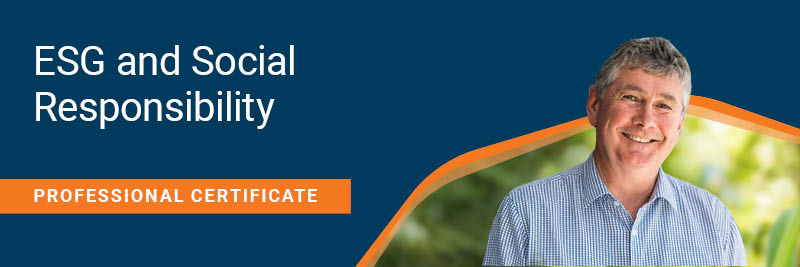4 factors for successful ESG management

ESG management is crucial for responsible mining practices. Evolving compliance and societal expectations, the need to balance economic development with environmental and social considerations, and access to funding are all major factors that mining companies must grapple with in their journey toward effective ESG management.
We interviewed Head of Professional Standards, Sustainability and ESG, AusIMM, Narelle Wolfe, to uncover four key areas that are commonly overlooked in ESG practice. Narelle is also a facilitator of the Operationalising ESG Short Course. View all AusIMM Courses here.
1. Commit to Capacity Building
In the pursuit of operational excellence, mining leaders sometimes overlook the fundamental aspect of capacity building.
“When you drill down, ESG performance is a result of decisions made by individuals and teams at site, which is why it’s so important we do everything we can to upskill operational practitioners.”
“This is why we are such passionate advocates for capacity building,” says Narelle. “We want to support practitioners to develop and strengthen their understanding, skills and abilities to better manage issues, reduce impacts and enhance the benefits of mining.”
“The tools from the Operationalising ESG Short Course will help practitioners identify and prioritise the material matters in their specific context. The course also provides an opportunity for peers to share learnings from their own sites between one another.”
Failure to invest in the development of this understanding among mining personnel can hinder the effective management of ESG on the ground.
Mining leaders need to prioritise their own and their teams ongoing education and training to facilitate a comprehensive understanding of ESG fundamentals, ensuring that teams are equipped with the critical thinking to navigate the complexities of responsible mining practices successfully.

2. Materiality is key
A critical oversight made by some mining professionals with regards to ESG management is disregarding materiality. As Narelle explains, “Materiality is the intersection between issues of importance to stakeholders and the impacts that mining companies have control or influence over.”
Failure to undertake an informed materiality process can lead to misguided prioritisation, resulting in misallocated resources, increased impacts, escalating issues, loss of stakeholder trust and missed opportunities for benefit sharing.
Successful ESG management in mining requires a strategic approach that aligns operational efforts with the concerns that resonate most with stakeholders, to effectively address impacts, fostering trust, and produce better outcomes.

3. Integrated Operationalisation
There is a false perception that ESG is a task reserved for the boardroom or sustainability departments. Successful ESG, according to Narelle, requires a long-term outlook and integration across several departments to ensure alignment and prioritisation. “Operationalising ESG is not a theoretical nor reporting exercise but the day-to-day decisions of mining professionals on the ground that adapt and evolve over time,” says Narelle.
Mining professionals, whether they are Mine Managers, Study Managers, or Project Directors, have a unique opportunity to embed ESG considerations at a cultural level within their organisations. Along with a comprehensive understanding of legislative and licensing requirements, this involves early identification of ESG priorities, risks and opportunities that are integrated into mine planning and revisited throughout the mine life cycle.
In navigating the path toward responsible growth in the mining industry, professionals must prioritise capacity building, address materiality, and deliver good ESG performance on the ground. Ongoing education and training initiatives should remain central to this journey, fostering a culture of continuous improvement and practice within the mining sector.
4. Centralise data management systems
Operating assets need to contribute verifiable data into the compilation of mining company Sustainability Reports, not only to meet regulatory requirements, but to build greater credibility and trust with stakeholders.
However, operating assets within a mining company may operate independently or have diverse reporting systems. This can result in fragmentation and inconsistency in the data collected and reported. Various operating units may use different metrics, methodologies, or data collection processes, making it difficult to consolidate information into a standardised format for a comprehensive Sustainability Report.
Implementing standardized reporting frameworks can help align the reporting practices of different operating assets. This ensures a consistent set of metrics and indicators are used, facilitating easier aggregation and comparison for successful ESG management.
The ESG & Social Responsibility Professional Certificate can help you to gain a comprehensive understanding of global ESG standards and their real world application in the mining sector. Developed and delivered by industry experts, the online course provides actionable insights, real-life case studies and practical management strategies for practitioners to develop workplace responses, execution, assurance, and performance reporting, with a special focus on ESG in the mining industry. Learn more.
